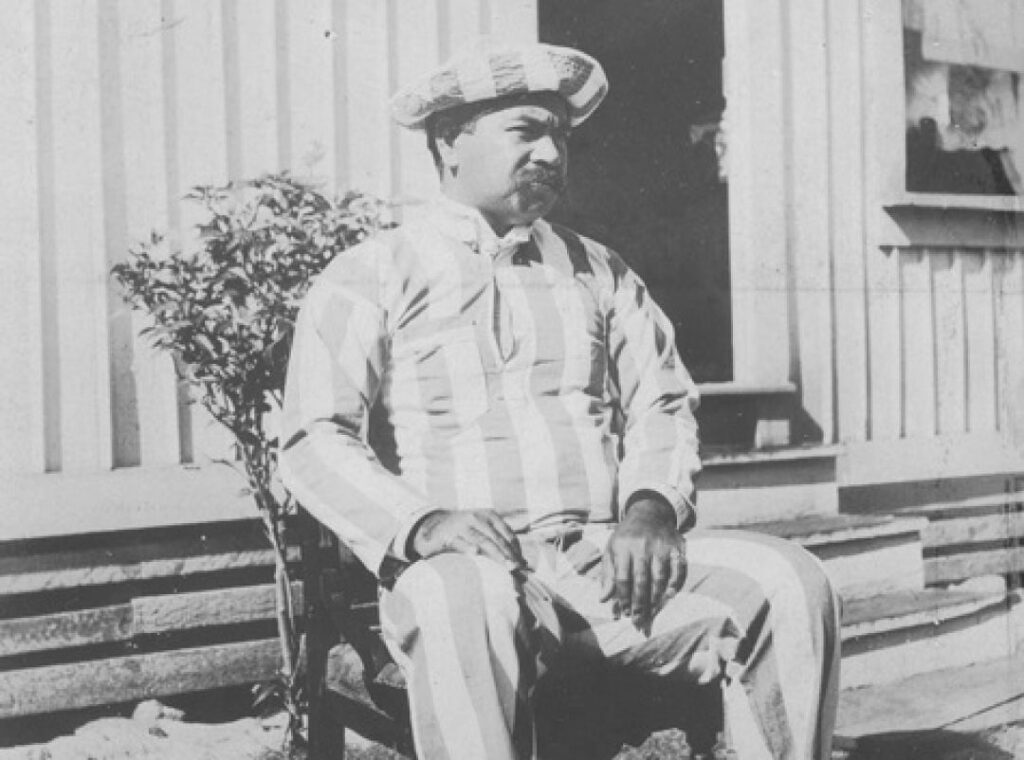At the beginning of the nineteenth century, the people of New England were taking a new interest in religion. The devotion to their Puritan faith, which was characteristic of the first generation of colonists, had yielded long since to the claims of everyday living. (Rowe)
At the time, there were three schools of religious thought among Congregationalists. The first was known as the Old or Moderate Calvinists (with convictions of their Puritan ancestors.)
A second group was called Hopkinsians (from their spokesman, Samuel Hopkins) stressed certain Puritan principles to an extreme, like divine sovereignty and predestination; and a third party in Congregational circles was more liberal in its theological interpretations.
Although Massachusetts had stayed fairly true to its Calvinistic Puritan beginnings in the form of Congregationalism, by 1800 a new sect had swept Boston by storm: Unitarianism. This form of Protestantism rejected the aspects of Calvinism inherent to Congregationalism at the time.
Rather than accepting that all people were fallen and could only be chosen by God to be saved – predestination – early Unitarians emphasized reason, free will and the power of people for both good and evil. Also, as the name suggests, they disavowed the idea of the Trinity, believing instead that Jesus was solely a prophet and an example to live by. (Balboni)
The Old Calvinists were especially desirous to have a theological school at Andover. The Legislature of Massachusetts on June 19, 1807, authorized the Trustees of Phillips Academy to receive and hold additional property “for the purpose of a theological institution and in furtherance of the designs of the pious founders and benefactors of said Academy.”
The Phillips family was loyal to religion, as well as to education. They provided a gift to erect two buildings for the Seminary, the first American foundation for a chair in theology outside a university (a foundation for purely theological education was almost unknown in America.) (Rowe)
The Seminary was built on the campus of Phillips Academy in Andover. The Academy was founded during the American Revolution as an all-boys school in 1778 by Samuel Phillips, Jr (the oldest incorporated boarding school in the US.) The great seal of the school was designed by Paul Revere.
The purpose of the Founders for the Seminary, according to their constitution, was to increase “the number of learned and able defenders of the Gospel of Christ, as well as of orthodox, pious, and zealous ministers of the New Testament ; being moved, as we hope, by a principle of gratitude to God and benevolence to man.” (Rowe)
Seminary students partook in three years of study and four major subjects: the Bible, church history, doctrinal theology, and practical arts of the ministry. (Balboni)
The Andover Theological Seminary was dedicated September 28, 1808. The establishment of a school of divinity was a part of the original plan of the founders of Phillips Academy, although not to make it a distinct institution. (Bailey)
In addition to ministers, the seminary also produced hundreds of missionaries. Over the school’s 100-year stay in Andover, its graduates proselytized in Greece, Bulgaria, Armenia, Palestine, Turkey, India, Burma, China, Japan and all over Africa and Latin America. (Balboni)
Two notable graduates were part of the Pioneer Company of missionaries to Hawaiʻi. Hiram Bingham and Asa Thurston were classmates at Andover Theological Seminary (completed Seminary courses 1819;) they were ordained on September 29, 1819 at Goshen, Connecticut. (Joesting)
“On Saturday the 23d of October, the mission family, with a large concourse of spectators, assembled on Long Wharf; and after a prayer by the Rev. Dr. Worcester, Messrs. Bingham and Thurston sung, “When shall we all meet again?” and took a final farewell of their friends.”
“In this far distant land of strangers … it is a comfort to us to look back to that radiating point of missionary light and love, and to remember the privileges which we enjoyed, when treading, like you, on consecrated ground. The rising palaces of that hill of Zion, its treasures of learning and wisdom, and its fountains of consolation are still dear to us, though we shall never look upon its like again.”
“But it is the noble purposes of benevolent action, formed, matured, or Cherished and directed there, which gives us the most impressive view of its beauty and strength, and inspires our liveliest hopes, that that institution will be the most important to the church, and the most useful to the heathen, which the world has ever seen.”
“When we look at the history of that Seminary and of the American Board; when we see their connexion and their joint influence, hitherto so powerful, and so well directed, and the peculiar smiles which the Redeemer has bestowed upon them …”
“… our ears are open to hear the united song of heathen lands,—‘How beautiful are the feet of them that preach the gospel of peace, and bring glad tidings of good things.’” (Letter from Bingham and Thurston to the Society of Inquiry, February 20, 1821)
In 1908, the Seminary moved to Cambridge and in the fall of 1931 shared a campus with Newton Theological Institution in Newton, Massachusetts. In 1965, after three decades together on one campus, the two schools officially merged, becoming Andover Newton Theological School.






































